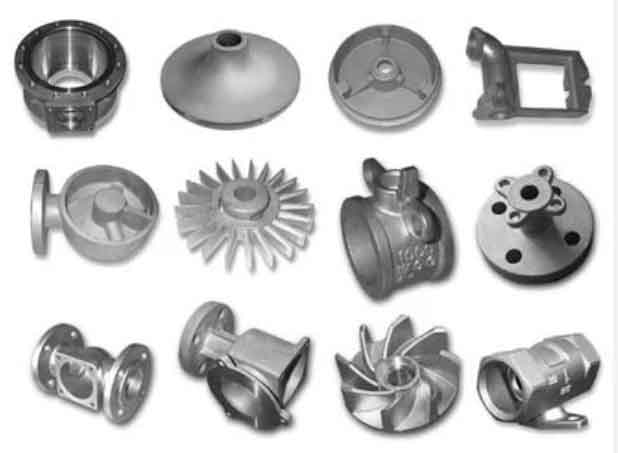The evolution of iron casting technology has been a fascinating journey, marked by significant advancements and innovations that transformed iron from a brittle material to a ductile and versatile one. Let’s explore the key milestones in this evolution:

- Ancient Casting Techniques: Iron casting dates back to ancient civilizations, such as China, Egypt, and Mesopotamia, where basic casting techniques were employed to create simple objects like tools and ornaments. However, the iron produced through these early methods was often brittle and unsuitable for critical applications.
- Introduction of Coke in the Blast Furnace: The 17th century saw a significant improvement in iron production with the introduction of coke as a fuel in the blast furnace. This allowed for the production of higher-quality iron with reduced impurities, leading to stronger and more malleable iron.
- Industrial Revolution and Iron Revolution: The Industrial Revolution in the 18th and 19th centuries brought about major advancements in iron casting technology. The use of steam-powered machinery and the development of new casting methods, such as cupola furnaces, enabled the mass production of iron components for machinery, railways, and construction.
- Gray Iron Casting: In the mid-19th century, the discovery of a process to produce gray iron castings revolutionized iron casting technology. Gray iron, with its graphite flakes, exhibited better machinability and thermal conductivity, making it suitable for various applications, including engine blocks and pipes.
- White Iron and Alloying Elements: White iron, characterized by its hard and brittle nature, was initially a common casting material. However, the addition of alloying elements such as chromium, nickel, and molybdenum in the late 19th and early 20th centuries led to the development of alloy cast irons with improved strength, toughness, and wear resistance.
- Ductile Iron Casting: The breakthrough in creating ductile iron, also known as nodular or spheroidal graphite iron, occurred in the early 1940s. The addition of small amounts of magnesium or other rare earth elements to molten iron produced nodules or spheres of graphite, transforming brittle iron into a ductile and tough material with exceptional mechanical properties.
- Advancements in Casting Techniques: Over time, casting techniques improved, such as sand casting, investment casting, and die casting, allowing for the production of more complex and precise iron components. Advancements in metallurgy and computer simulations further enhanced the quality and reliability of iron castings.
- Advanced Manufacturing Processes: In recent years, advancements in additive manufacturing (3D printing) have also influenced iron casting technology. By using binder jetting or other methods, complex sand molds can be produced directly from digital designs, facilitating rapid prototyping and customization.
Iron casting technology continues to evolve, embracing digitization, automation, and sustainable practices. Ductile iron casting remains a critical material in various industries, and ongoing research and development aim to further enhance its properties and expand its applications in the future.
